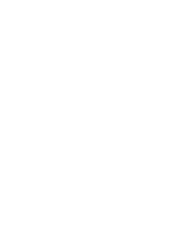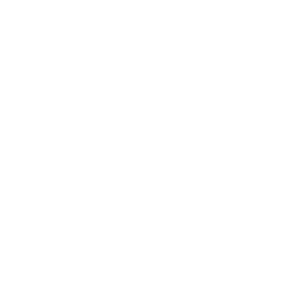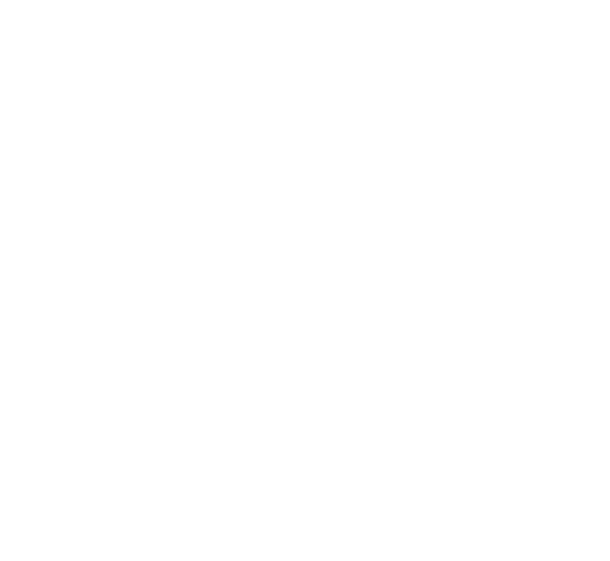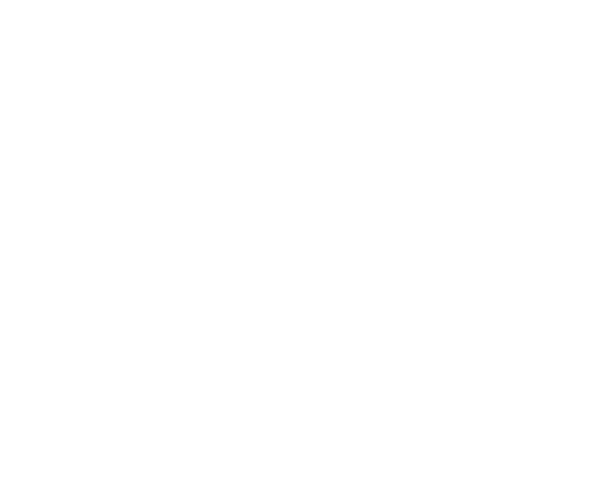 |
 |
 |

|
Simsa Cho
Figure 1. Simsalabim, Geest uit de fles", 1998
|
|
 |
SIMSA CHO
Dirk Schrijvers
Introduction
The Japanese artist Simsa Cho, a pseudonym of Shinji Kasema (° 20.12.1962; Chiba, Japan) studied from 1982 until1986 at the Tama Art University, Tokyo, Japan and from 1986 until 1989 at the Gerrit Rietveld Academy, Amsterdam, The Netherlands.
From the 1990’s, he was awarded several scholarships from the Dutch Foundation for Art, Design and Architecture. His work is included in international public collections.
|

|
Posted 25 May 2014
|
Share this:
|
|
|
|
|
|
|
|

|

|

|

|
|
Unica by Simsa Cho
Simsa’s early work reflects his Japanese roots with images form Japanese mythology of dragons and gods. At the same time, he started to work on a series of shoes, which are a constant theme throughout his carrier as a glass artist.
After his graduation, the first works were a combination of glass with other materials such as epoxy, wood and pigment for coloration. The work reflected his Japanese background and consisted of an iconography with Japanese influences. It was shown at the INART Gallery in Amsterdam, the Netherlands. In an show in 1988, his series Shoerealism was presented in Gallery Jolly, Amsterdam, The Netherlands. The combination of glass with other materials is a recurring theme in his work.
When he was invited to be the make the “beursobject” of the “Leerdam glasbeurs” in 1998 (Figure 1) and for the adjourning exhibition on that occasion, he made an installation of 3 pieces inspired on the Japanese Koi fishes in 3 different styles (I ,ai ,ai). It was a combination of different pieces of glass on a support executed in different materials.
|
|
|
|
|
|
|

Simsa Cho
Figure 6. Dragonfly, 2012
|
|
|
|
|
|
|
In the 2000’s, started to make objects to encourage people to connect with the art. The series “Healing-boy” (Figure 9) and “Piece of Water” (Figure 10) were multiples that could be handled by the owner to transfer positive energy to the body.
From 2010, he started a series of studio works in multiple editions and plans to produce 7 designs in an academic figurative style that represents his path of seeking peace in himself and the world.
The first piece ‘Go forward’, represents a mermaid in pink glass with gold applications and was produced in 2010 (Figure 11). The second piece, ‘Pieta’ is a centaur in yellow glass produced in 2012 (Figure 12), while ‘Wil’ is a figure in white glass representing a woman embodied in a scarf produced in 2013 (Figure 13
|
|
|
|
Through his experience of performing with his artwork which could affect the human mind and the human body, he started the project “Healing-boy” in which the contact of the body with glass transferred positive energy vibrations by the glass. Another work entitled "a piece of Water" was based on the same philosophy.
Since 2005, he organizes the international peace ceremony called Symphony of Peace Prayers (SOPP), SOPP was founded by Byakko, a Japanese religion which he practices and for which he is the representative of the Netherlands. The first SOPP was held in 2005 in Japan at the Fuji sanctuary. Since 2011, he organizes this event in the Netherlands twice yearly and the fourth edition was in April 2013. Different religions are present during the events such as Japanese Shinto, Buddhism, Lutheran tradition (protestant), Byakko, and the Jewish religion. The performances is performed by disciplines such as a Japanese choir, poetry readings and exhibitions.
In 2008, he started the project Sanzenbutumyokyo & Shishimai, in which a glass mask worn by a dancer was the centerpiece of the event. Sanzenbutumyokyo is the chanting name for three thousand deities for which a three-day ceremony is performed annually in Buddhist temples. The ceremony is practiced at the end of the year since it is said that your sins are purified by the ceremony: purifying the old year and preparing for the new to come. The monks sit in front of three screens. Each screen embraces a thousand deities. Each day the monks chant the names of the thousand deities on a screen. The thousand deities on the first screen represent the Past. AMIDA appears in the centre of the screen. The thousand deities on the second screen represent the Present. BUDDHA is the central figure. The deities on the last screen represent the future. MIROKU is the central figure. Shishimai is the dragon dance which is also performed at the New Year. A big dragon-like head is put over a performer who dances like a dragon to music. The Dragon governs water, and water symbolizes time. The dragon head was replaced by an “old man’s mask” from the Nou-theater and made from casted glass (Figure 15). The two ceremonies are synchronized by the element of time.
|
|
|
|

Simsa Cho
Figure 15. Sanzenbutumyokyo & Shishimai
|
|
|
|
|
|
|
On 30 January 2011, Simsa Cho performed at a opening of an exhibition a show with 2 dancers and a musician in the gallery Sous-Terre, Aalsmeer, The Netherlands. Starting point was the potential of glass to resonance, which can increase and support the environmental energy. A glass crown and big silicone wall piece with thousands of glass beats made the scene, in which the performers used the sound of a flute, dance and hand clapping to move the energy.
www.simsacho.com
|
|
|
|
|
|
|


